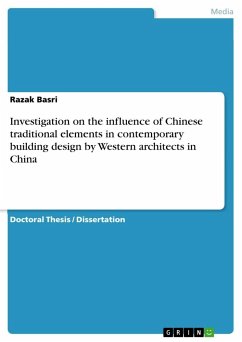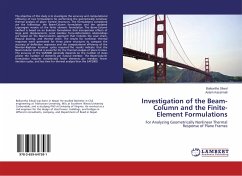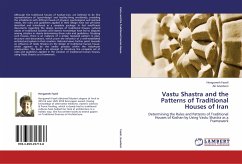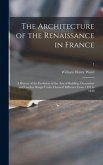Doctoral Thesis / Dissertation from the year 2010 in the subject Art - Architecture / History of Construction, ( Atlantic International University ), course: Doctorate in Architecture (PhD), language: English, abstract: China is transforming in terms of economy, social, culture and physical development. Due to this, rapid urban development in China threatens the urban fabric of Chinese cities. Development has attempted to balance strong Western influences with traditional Chinese forms and has met mixed results. Although, it is already in existence of a new current of Chinese regionalism in architecture but this trend could be further improved by careful applications of the principles of architecture. This thesis presents five case studies of current Chinese completed building projects in two major urban settings; Beijing and Shanghai, designed by Western architects.Each case study is examined in each of the basic elements of architecture in relation to traditions and modern architecture. These case studies are then used as the foundation for specific recommendations for future development of contemporary Chinese architectural regionalism, in particular focusing on ways to integrate traditional or vernacular techniques, devices and forms with modern needs, modern technologies, and foreign influences in order to enhance the regional culture and built environment. There is distinction made between Beijing and Shanghai in which Beijing is more of a historic city emphasizing Chinese government, while Shanghai is more of an economic nerve of China emphasizing trade, finance and international business. Together, the two cities form the forefront of the built environment showcase of China.








